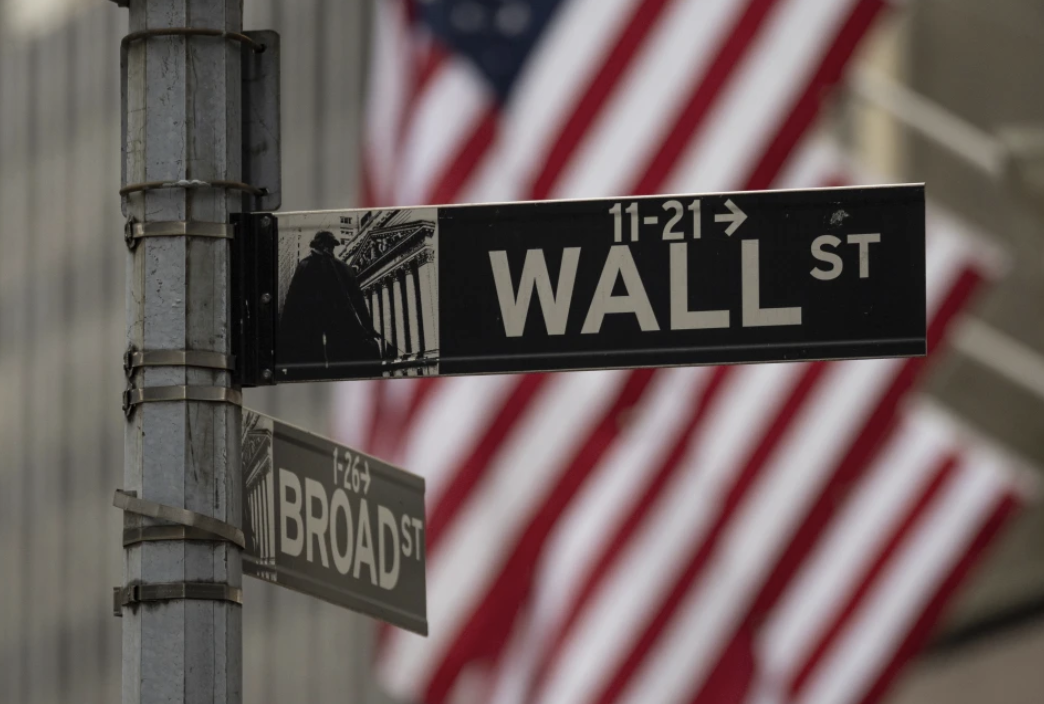In a significant milestone for the European economy, inflation in the Eurozone reached the European Central Bank’s (ECB) long-targeted 2% mark in June 2025, signaling the end of a turbulent period of runaway prices. This achievement shifts the spotlight to new challenges, particularly economic volatility driven by global trade tensions. With inflation stabilizing, the ECB faces a delicate balancing act: fostering growth in a sluggish economy while navigating pressures from a potential trade war. Let’s dive into the numbers, trends, and what this means for the future.
Inflation Hits the Bullseye
The Eurozone’s headline inflation rate ticked up to 2.0% in June 2025, a slight increase from 1.9% in May, perfectly aligning with the ECB’s 2% target. This marks the first time in years that inflation has hit this benchmark, a feat celebrated by policymakers and economists alike. According to a Reuters poll of 80 economists, this uptick was spot-on with expectations, driven by a tug-of-war between falling energy prices and rising costs in the services sector. Energy prices dropped by 1.2% year-on-year, while industrial goods fell 0.8%, offsetting a sharp 3.3% rise in services inflation-up from 3.2% in May.
Core inflation, which strips out volatile food and fuel prices, remained steady at 2.3%, signaling persistent underlying pressures. Services, the largest component of the consumer price basket, saw a 0.7% month-on-month price increase, raising concerns among ECB hawks that domestic inflation could linger above the target. In contrast, doves argue that weak economic growth-projected at just 0.9% for 2025-reduces the risk of inflation spiraling out of control.
ECB’s Rate-Cutting Dance
The ECB has been proactive, slashing interest rates by 200 basis points over the past year, bringing the deposit rate to 2.25% by June 2025. This aggressive easing reflects confidence that the inflation shock is largely tamed. Financial markets are betting on one more 25-basis-point cut to 1.75% by year-end, with a 70% probability priced in, according to futures data. However, the path forward is murky. Analysts at Commerzbank suggest that if trade tensions escalate, the ECB might need to push rates even lower, potentially to 1.5% by mid-2026.
The ECB’s rate cuts have brought borrowing costs to the upper end of the “neutral” range, estimated at 1.75%–2.25%, where policy neither stimulates nor restricts growth. This delicate balance is crucial as the Eurozone’s economy teeters on the edge of stagnation. Real GDP growth is forecast at a mere 0.9% for 2025, down from 1.1% in the ECB’s December 2024 projections, with exports and investment taking a hit from global uncertainty.
Trade Tensions Cast a Long Shadow
A looming trade dispute with the United States, led by President Donald Trump’s administration, is the wildcard in this economic equation. The conflict has already dampened business confidence, pushing the euro’s trade-weighted value up by 9% since April 2025. This stronger euro has helped lower energy prices, with Brent crude futures dropping 12% year-to-date to $68 per barrel. However, if U.S. tariffs-currently set at 20% for EU goods-persist or escalate, the EU may retaliate, potentially triggering an inflationary spiral.
Analysts estimate that a full-blown trade war could add 0.5 percentage points to Eurozone inflation by 2026, as firms reorganize supply chains and pass higher production costs to consumers. For now, the trade conflict has paradoxically reduced price pressures by curbing economic activity. Private consumption remains weak, growing at just 0.4% quarter-on-quarter, while investment has contracted by 1.1% over the past year, particularly in manufacturing-heavy economies like Germany.
Services Sector Under the Microscope
The services sector, which accounts for 45% of the Eurozone’s consumer price index, is a focal point for policymakers. Inflation in this sector climbed to 3.3% in June, driven by rising wages and persistent demand. Wage growth, though slowing, remains at 3.5% annually-above the ECB’s 3% comfort zone. This stickiness has fueled debates within the ECB’s Governing Council. Hawks argue that services inflation could keep core inflation above 2% through 2026, while doves point to muted wage settlements in Q2 2025 as evidence of easing pressures.
Country-level data reveals disparities. Germany and France reported services inflation of 3.5% and 3.4%, respectively, while Spain’s rate hit 4.1%. Smaller economies like Estonia and Latvia saw even higher rates, at 4.8% and 5.2%, reflecting tight labor markets. These variations complicate the ECB’s one-size-fits-all monetary policy, as southern and eastern member states grapple with higher domestic price pressures.
What’s Next for the Eurozone?
Looking ahead, the ECB faces a complex landscape. Inflation is projected to hover around 2.0% in 2025, dip to 1.6% in 2026, and return to 2.0% by 2027, according to ECB staff projections. However, these forecasts assume no major escalation in trade tensions. If tariffs intensify, inflation could climb to 2.5% by mid-2026, forcing the ECB to reconsider its easing stance. Conversely, prolonged economic weakness could push inflation below 1.5%, prompting more aggressive stimulus.
Financial markets remain optimistic, with the STOXX 600 index up 2.3% year-to-date, reflecting confidence in the ECB’s ability to navigate these challenges. Yet, consumer sentiment is less rosy, with the Eurozone Consumer Confidence Index at -14.2 in June, barely improved from -15.1 a year ago. Households are still grappling with high living costs, particularly in services and food, which rose 2.7% year-on-year.
The ECB’s next moves will hinge on incoming data, particularly wage settlements and trade developments. Chief Economist Philip Lane has signaled readiness to act if inflation deviates significantly from the target, but for now, the bank is likely to maintain a cautious approach. As one X post aptly noted, “Markets now eye a 25bps cut in September,” reflecting the delicate balance between growth and price stability.
In conclusion, the Eurozone’s return to 2% inflation is a hard-won victory, but the road ahead is fraught with uncertainty. The ECB must tread carefully, balancing domestic pressures with global headwinds, to keep the economy on an even keel.

